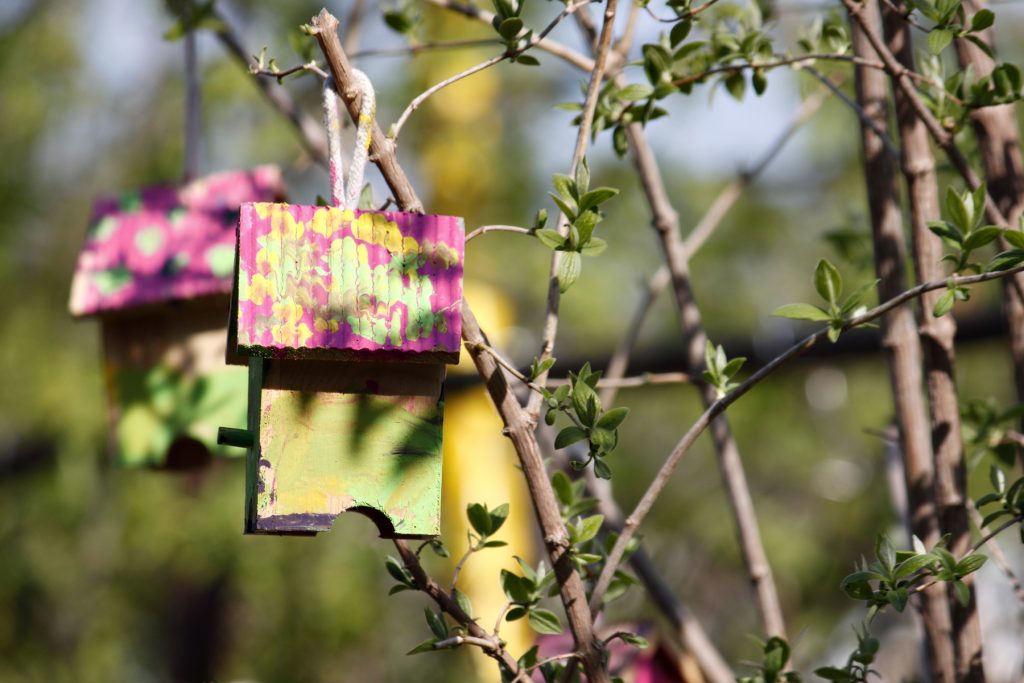A childhood memory: I’m sitting at the piano with my teacher who just clipped my fingernails because they clicked on the piano keys when I played. My hands are in perfect position, wrists slightly elevated, fingers gently resting on the keys. Her words, you must play this way, and to the correct time. My success hinging on this variable as she taps the rhythm on her leg. Behind me the metronome tocks its perfect cadence.
What I wanted to do was run chords along the black keys, and show her the song I had made up at home. I had practiced it over and over the previous week. It was beautiful and minor and my own. It demonstrated timing, hand placement, a sense of progression. Eventually, my teacher let me play the piece for her, but not until I had run through all her exercises first. By then my excitement had reduced; my need to perform subsided.
The memory is not meant to disparage my music teacher. She was wonderful, caring, and willing to put up with a wildly difficult kid like me. She taught me the importance of technique, and how great music can steal your breath away. I learned Beethoven and Mozart from her, and The March of the Terrible Trolls. To this day I still play old Deutsche Grammophon vinyl on my record player. What this memory does do is observe a method of teaching that could be improved.
In his book, Kids Play: Igniting Children’s Creativity, Michele Cassou writes about how emphasizing technique with children will often override their intuition. He uses painting as a prime example, where children produce technique instinctively, as needed. To teach technique too soon is to say to the child, you cannot trust your instinct, you must rely on something outside of your self to create. The rightness and wrongness of a method becomes more important than the discovery of it.
The mind-body connection in all humans is profound, and what better place to find evidence of this than in children? Cassou observes, when children first begin to paint or draw, objects and people often float in space, unconnected. The sky is a thin blue line; the ground appears as maybe a few leaves or tufts of grass. However, if left to their intuition, Cassou notes, children instinctively bring the two together over time. They fill the spaces with colour and texture; their intuition produces the required technique.
As parents, educators, and artists, creative process in a child is crucial. It is the hinge point from which the rest of a child’s learning process continues. It fosters intuition and discovery, it leads the child to trust their instincts, their temporal sense of space and time. Most of all, as the child evolves, the mind and body do so together, unrestrained. But what we sometimes forget is that a lot of this comes from intuition. This is not to say technique is unimportant. Far from it! But to see it evolve naturally from a child’s creative process is far better than having it dictated to them. The song made at home now on display.
Sources:
Michele Cassou’s Kids Play: Igniting Children’s Creativity. http://www.michelecassou.com
Family Education: http://life.familyeducation.com/creativity/child-psychology/35835.html
Harry Tournemille is a writer, Montessori enthusiast, and generally silly fellow living in St. Catharines with his wife and daughter. He previously blogged on behalf of Beyond Montessori School, a holistic, community-oriented school located near the downtown core in St. Catharines, ON. The BMS curriculum is enriched with world music, visual arts, French, phys ed, children’s yoga, eco workshops, peace projects and so much more.
